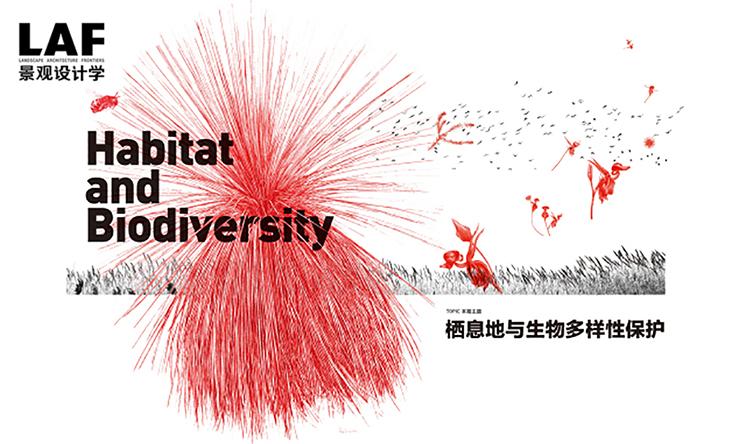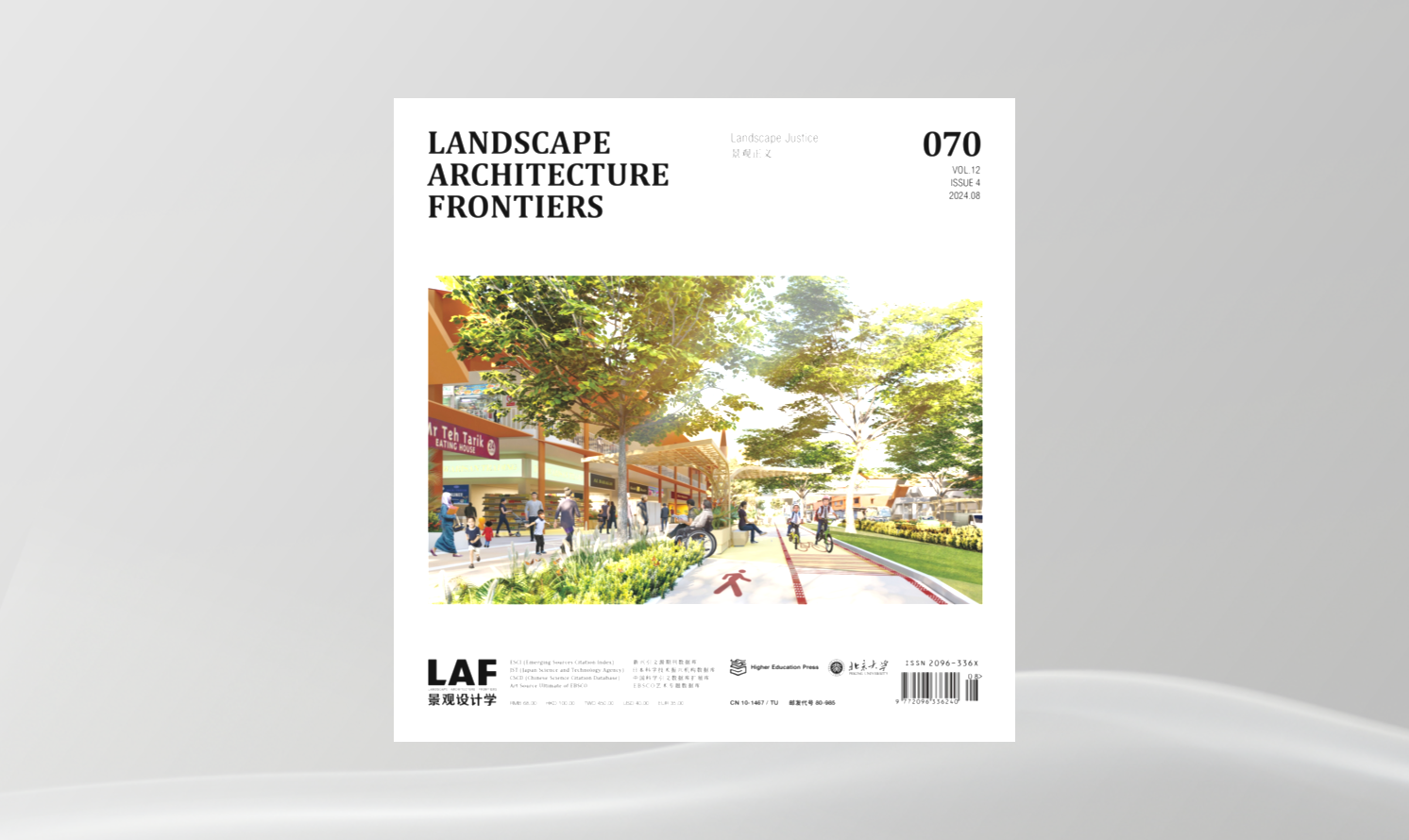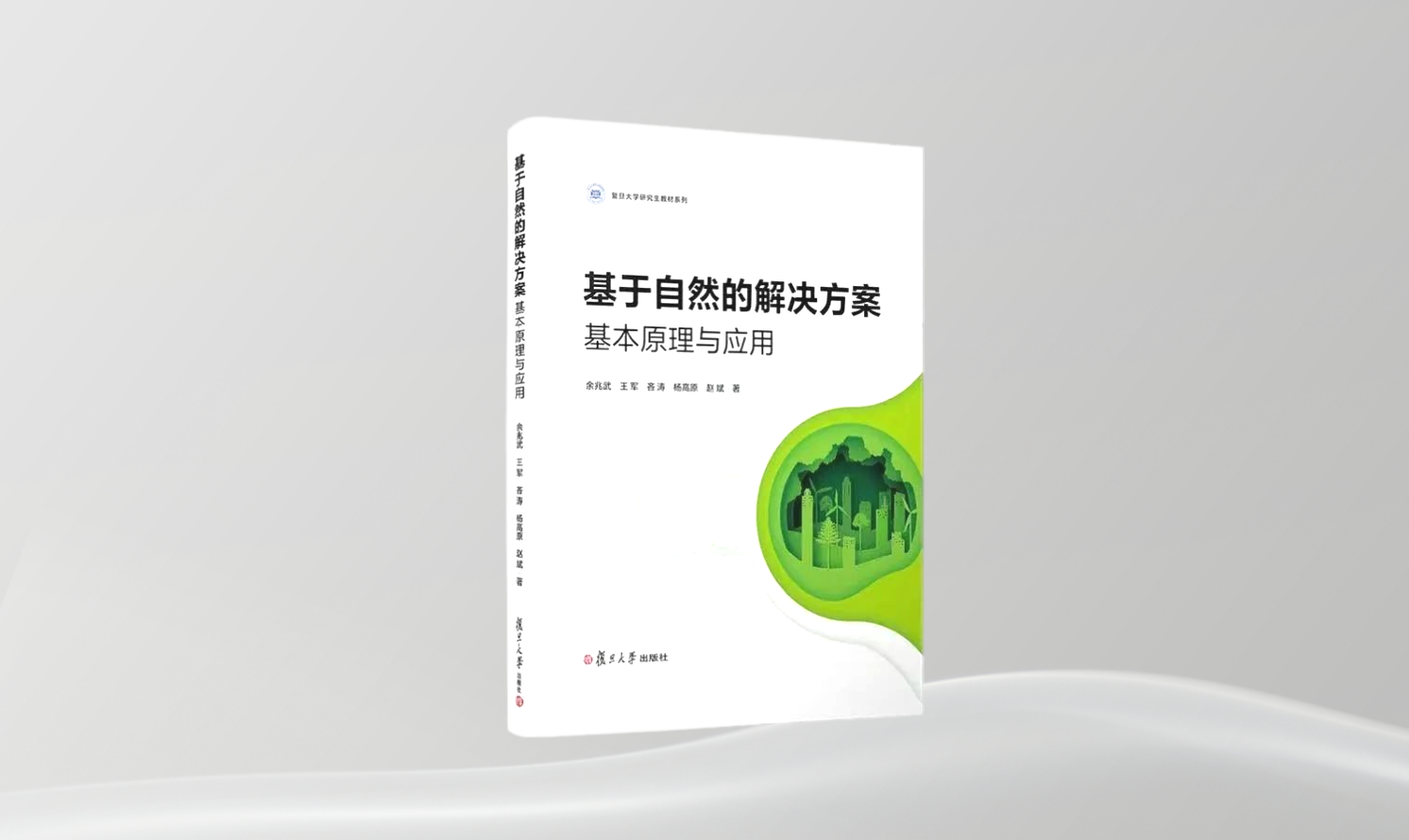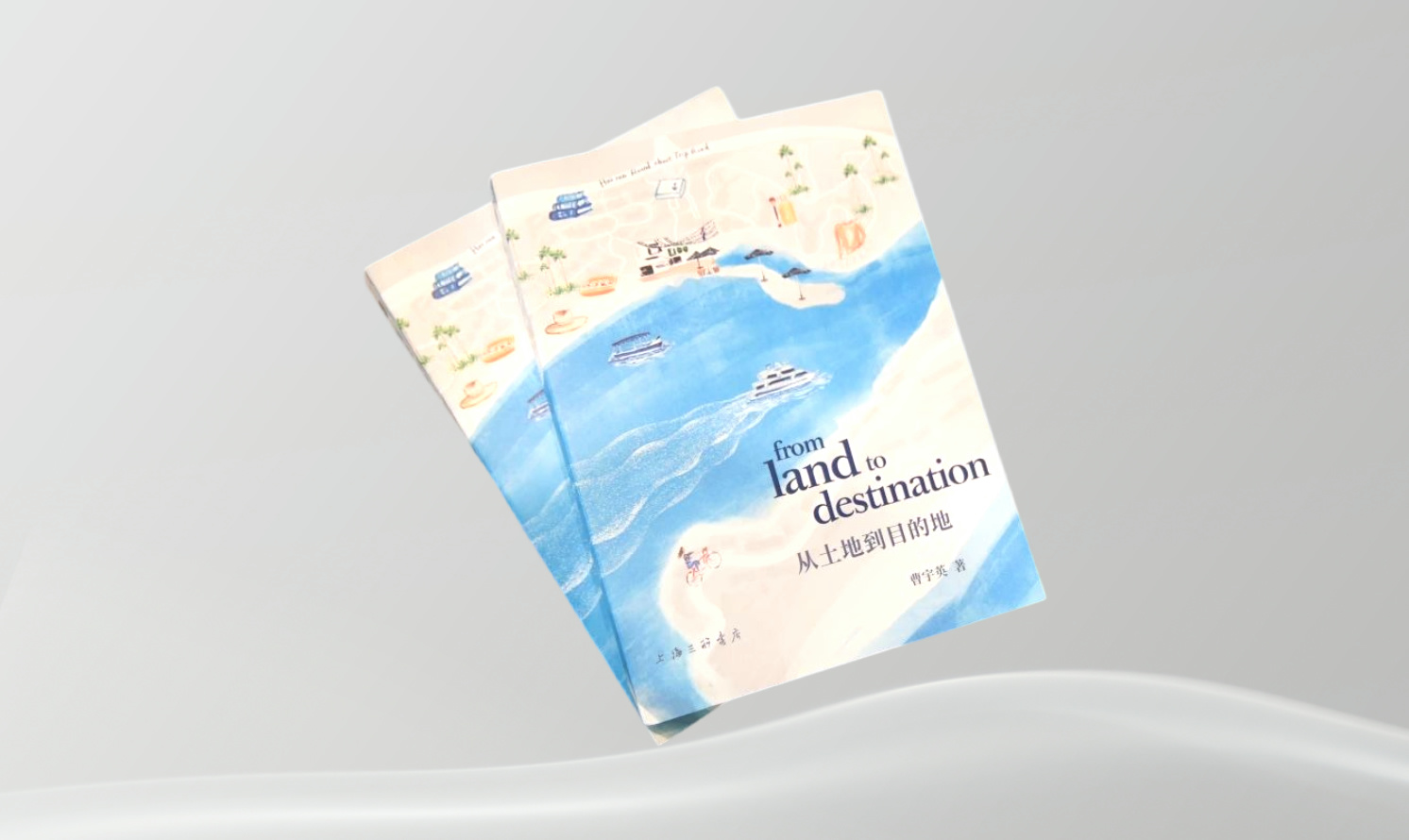北京城區(qū)公園景觀格局對(duì)夏季鳥(niǎo)類(lèi)群落的影響
The Effect of Landscape Patterns on Avian Communities during Summer Months in Beijing’s Urban Parks
作者:謝世林����,逯非,曹壘�,周偉奇,歐陽(yáng)志云 Shilin XIE, Fei LU, Lei CAO, Weiqi ZHOU, Zhiyun OUYANG
摘要
城市公園是最重要的城市綠地類(lèi)型�����,也是當(dāng)前城市生物多樣性研究的熱點(diǎn)�。公園面積及其景觀格局特征對(duì)鳥(niǎo)類(lèi)的影響規(guī)律對(duì)公園的設(shè)計(jì)和管理具有重要指導(dǎo)意義。本研究以城區(qū)29個(gè)公園為對(duì)象,利用高分辨率(1m)的衛(wèi)星數(shù)據(jù)��,研究了公園面積�、景觀破碎度、林地和人工表面比例��、林地最大斑塊指數(shù)����、景觀聚集度指數(shù)、景觀多樣性及均勻度指數(shù)等公園景觀格局特征��,探討了公園景觀格局特征對(duì)夏季鳥(niǎo)類(lèi)群落的影響�。結(jié)果表明,北京城區(qū)公園面積平均值較?����。s為13.9hm2)���,公園中林地比例較高(平均約為74.7%)��,林地景觀是公園的優(yōu)勢(shì)景觀類(lèi)型�,但景觀破碎化程度很高(平均約為8.63個(gè)/hm2)���,且景觀聚集度指數(shù)偏低(平均約為63.0)��。公園中平均鳥(niǎo)類(lèi)物種數(shù)為13.2種��,鳥(niǎo)類(lèi)物種數(shù)與公園面積�、景觀聚集度���、林地面積比例呈顯著正相關(guān)�����,而與景觀均勻度�、斑塊密度���、景觀多樣性呈顯著負(fù)相關(guān)����,本研究表明��,由于平均斑塊面積小����,公園景觀多樣性和均勻度指數(shù)對(duì)鳥(niǎo)類(lèi)物種豐富度有明顯的不利影響,研究結(jié)果可以為城市公園的設(shè)計(jì)提供參考。
關(guān)鍵詞
城市公園��;景觀格局����;鳥(niǎo)類(lèi)群落;生物多樣性�;景觀設(shè)計(jì);北京
Abstract
Parks are among the most important green spaces in urban landscapes, making them hotspots for urban biodiversity research. The scale and spatial patterns of these urban landscapes suggest best practices for avian communities. This study considers the landscape patterns of Beijing’s urban parks and their relationship to avian species abundance and density. The study analyzed high-resolution satellite images, with an accuracy of one meter, from 29 urban parks during the summer months. The research showed the average size of Beijing’s urban parks to be small (with an average size of 13.9 hm2), with woodland landscapes as the most common landscape typology (with an average of 74.7%). In the analyzed parks, the patch density was high, with an average density of 8.63 per hectare, while the contagion index was low, with a 63 on average. Additionally, the number of avian species found in each sample park was low, with only 13.2 recorded on average. Spearman correlation analysis showed that avian species abundance were positively correlated with park areas, along with the landscape contagion and the proportion of woodland landscape, and negatively correlated with patch density, SHDI, and SHEI. Finally, the analysis showed a correlation between small patch size and low species diversity. The conclusions drawn can help provide guidance and reference for avian urban park planning and design.
Key words
Urban Park; Landscape Pattern; Avian Community; Biodiversity; Landscape Design; Beijing
基于自然演替的濕地植物景觀的恢復(fù)與優(yōu)化—以哈爾濱文化中心濕地公園為例
Restoration and Optimization of a Wetland Landscape Based on Natural Succession of Vegetation — A Case Study of Harbin Cultural Center Wetland Park
作者:劉航 Hang LIU
摘要
哈爾濱文化中心濕地公園原場(chǎng)地為退化的城市濕地����,植被設(shè)計(jì)旨在恢復(fù)場(chǎng)地原有的生長(zhǎng)模式,即淤泥濕地—鄉(xiāng)土草本—耐濕喬灌木構(gòu)成的次生濕地群落��,最終形成趨于穩(wěn)定的水生至沙生植物群落��,在維系其生態(tài)演替過(guò)程的同時(shí)�,創(chuàng)建自然的場(chǎng)地景觀特征。本文對(duì)項(xiàng)目建成三年后的生態(tài)績(jī)效提升進(jìn)行了論述�,梳理了哈爾濱文化中心濕地公園建設(shè)中對(duì)生態(tài)景觀保護(hù)、景觀建造以及場(chǎng)地特征景觀再現(xiàn)所進(jìn)行的探索性恢復(fù)方案�,并指出本項(xiàng)目與一般濕地公園的區(qū)別所在,期待能為我國(guó)城市濕地公園的建設(shè)提供有益的借鑒與啟示����。
關(guān)鍵詞
自然濕地���;植物群落;植被恢復(fù)���;生態(tài)績(jī)效;城市公共空間
Abstract
Harbin Cultural Center Wetland Park was constructed on a degraded urban wetland, with a primary goal of restoring the vegetative landscape of the site — secondary wetland communities consisting of marsh, native herbs, and moisture tolerant trees and shrubs — ultimately establishing and maintaining ecological succession of vegetation communities from aquatic to arenaceous habitats, while celebrating the natural landscape characteristics of the site. This paper reports mainly on the improvement of ecological performance in the park three years after its construction. It also reviews the exploratory plan for landscape protection, construction, and restoration of the wetland park. In addition, this paper demonstrates the unique qualities of the project which distinguish it from common wetland parks, making it a helpful reference for the construction of other urban wetland parks in China.
Key words
Natural Wetland; Plant Community; Vegetation Restoration; Ecological Performance; Urban Public Space
碎片化是生物多樣性保護(hù)的最大障礙
Fragmentation —The Biggest Obstacle for Biodiversity Conservation
作者:李迪華 Dihua LI
摘要
棲息地和生物多樣性的保護(hù)已經(jīng)成為全球普遍重視的議題��。而隨著城鎮(zhèn)化的高速推進(jìn)和氣候變化的影響�����,物種數(shù)量減少���、棲息地加速消失��,以及生物多樣性下降等現(xiàn)象仍層出不窮��。本文旨在追本溯源��,深入剖析棲息地與生物多樣性保護(hù)過(guò)程中存在的認(rèn)知��、引導(dǎo)等多層面的碎片化問(wèn)題��,辨析中國(guó)在該進(jìn)程中所面臨的現(xiàn)狀與挑戰(zhàn)��,并指出設(shè)計(jì)師所應(yīng)當(dāng)肩負(fù)的責(zé)任與角色的更新轉(zhuǎn)化�����。
關(guān)鍵詞
生物多樣性與棲息地保護(hù)���;碎片化����;公眾關(guān)注����;傳媒;城市生態(tài)�;生態(tài)設(shè)計(jì)
Abstract
Habitat and biodiversity conservation has become an important issue across the world. Phenomena such as dropping species numbers, disappearing habitat, and biodiversity loss continue to emerge under the impact of the rapid urbanization and climate change. This paper aims to discuss the problem of fragmentation caused by the disconnect awareness and instruction during the process of habitat and biodiversity conservation. The paper also attempts to diagnose the status quo and challenges China faces in habitat and biodiversity conservation and point out the pressing transformation of responsibilities and roles of designers.
Key words
Biodiversity and Habitat Conservation; Fragmentation; Public Attention; Media; Urban Ecology; Eco-design
綠色基礎(chǔ)設(shè)施與城市生物多樣性
Green Infrastructure and Urban Biodiversity
作者:沃維克·薩瓦斯 Warwick SAVVAS
摘要
由于城鎮(zhèn)化、地面植被清除和氣候變化帶來(lái)的壓力��,城市中的棲息地正在以驚人的速度從我們的身邊消失��。綠色基礎(chǔ)設(shè)施在澳大利亞生物多樣性保護(hù)方面發(fā)揮著重要作用��。澳派景觀設(shè)計(jì)工作室通過(guò)與眾多領(lǐng)域的專(zhuān)家合作�����,試圖在人造環(huán)境中,通過(guò)一種綠色基礎(chǔ)設(shè)施的方式來(lái)提供生態(tài)系統(tǒng)服務(wù)��,并借此提升城市的生物多樣性?xún)r(jià)值�����。
關(guān)鍵詞
綠色基礎(chǔ)設(shè)施����;城市生物多樣性����;植物種植設(shè)計(jì);實(shí)證型設(shè)計(jì)��;人類(lèi)世生態(tài)系統(tǒng)
Abstract
Due to the pressures of urbanization, land clearing and climate change we are losing urban habitats at an alarming rate. Green infrastructure has a large role to play in biodiversity conservation in Australia. ASPECT Studios and their collaborators from a wide range try to provide ecosystem services in artificial environments through a green infrastructure approach, and by doing so contribute to biodiversity values in our cities.
Key words
Green Infrastructure; Urban Biodiversity; Planning Palette Design; Evidence-based Design; Novel Ecosystem
阿肯色州康威市城市流域框架規(guī)劃:經(jīng)調(diào)和的景觀
Urban Watershed Framework Plan for Conway, Arkansas: A Reconciliation Landscape
作者:阿肯色大學(xué)社區(qū)設(shè)計(jì)中心 University of Arkansas Community Design Center
摘要
城市與流域作為兩種截然不同的流動(dòng)系統(tǒng)��,在景觀中各自形成一定的形狀與結(jié)構(gòu)���,以最大化地體現(xiàn)其固有特征�����。那么�,如何通過(guò)城市的形態(tài)來(lái)確定流域的形態(tài)?康威市城市流域規(guī)劃由美國(guó)環(huán)境保護(hù)局出資�,意在減緩阿肯色州康威市子流域嚴(yán)重的水資源管理問(wèn)題。該子流域在水源處即被污染�,顯示出一種晚期城市河流綜合征的病態(tài),進(jìn)而造成下游康威湖的水質(zhì)污染��。
規(guī)劃方案采用綠色基礎(chǔ)設(shè)施結(jié)合城市匯水地形(用以保水)和濱河走廊(用以排水)�,為場(chǎng)地提供生態(tài)系統(tǒng)服務(wù)。在傳統(tǒng)設(shè)施的基礎(chǔ)上����,一組經(jīng)改良的配套基礎(chǔ)設(shè)施使設(shè)計(jì)增值不少。此方案為城市流域提供了一組新型可轉(zhuǎn)換式規(guī)劃工具����,并將之與17種生態(tài)系統(tǒng)服務(wù)、6種適應(yīng)性基礎(chǔ)設(shè)施類(lèi)型��、海綿城市梯度以及水處理技術(shù)相結(jié)合��。它創(chuàng)建了一種典型城市風(fēng)貌,其包含一套具有場(chǎng)地特色的城市水資源管理系統(tǒng)。
關(guān)鍵詞
綠色基礎(chǔ)設(shè)施��;流域規(guī)劃;城市規(guī)劃���;海綿城市���;棲息地��;生物多樣性
Abstract
The city and the watershed are distinct systems of flow that generate shape and structure across the landscape to maximize their intrinsic objectives. How can city form fix the watershed? The framework plan is a U.S. EPA-funded initiative to mitigate severe water management problems in the sub-watershed incorporating Conway, Arkansas. The sub-watershed contains polluted headwater streams exhibiting advanced urban stream syndrome contributing to the decline of Lake Conway downstream.
The framework plan employs green infrastructure incorporating urban rain terrains (based on holding water) and riparian corridors (based on drainage) that deliver ecosystem services. A portfolio of modulated infrastructural retrofits are value-added to conventional infrastructure. The approach provides a novel set of transferable planning tools for urban watersheds, combining a sponge city gradient, a water treatment technologies spectrum, the 17 ecosystem services, and six adaptive infrastructure types. The approach builds a representative cityscape expressive of place-based urban water management.
Key words
Green Infrastructure; Watershed Plan; Urban Planning; Sponge City; Habitats; Biodiversity
上海張家浜城市設(shè)計(jì)及景觀總體規(guī)劃
Shanghai Zhangjiabang Urban Design and Landscape Master Plan
作者:Sasaki設(shè)計(jì)事務(wù)所 Sasaki Associates, Inc.
摘要
上海市占據(jù)著長(zhǎng)江三角洲沖積洪泛區(qū)最昂貴的地塊����,20世紀(jì)以來(lái)大規(guī)模的城鎮(zhèn)化為這片具有生態(tài)復(fù)雜性的地塊帶來(lái)的是環(huán)境的惡化和自然棲息地面積的驟減�。張家浜公園在此背景下應(yīng)運(yùn)而生,其關(guān)注在這座不斷擴(kuò)張的大都市中人類(lèi)與自然的關(guān)系�����。作為8個(gè)“楔形綠地”項(xiàng)目之一�����,張家浜公園旨在提高全上海范圍內(nèi)的自然接觸度��,建成后將成為上海市最大的公共公園���。這是一個(gè)頗具野心的項(xiàng)目,其力圖改善城市微氣候�、增加區(qū)域生物多樣性�����,并提高上海2 600萬(wàn)居民的生活品質(zhì)��。
關(guān)鍵詞
生態(tài)恢復(fù)�;微氣候營(yíng)造�����;棲息地���;生物多樣性
Abstract
Shanghai spreads across the expansive alluvial floodplain of the Yangtze River delta. Considerable urbanization over the past century has led to environmental degradation and a dramatic reduction of natural habitat in this ecologically complex landscape. Zhangjiabang Park is designed within this context, focusing on the relationship between humans and nature within the ever-expanding megacity. Zhangjiabang is one of eight “green wedges” proposed throughout Shanghai to improve access to nature and, when completed, will be the city’s largest public park. It is an ambitious project, seeking to enhance the city’s microclimate, contribute to regional biodiversity, and improve the quality of life for Shanghai’s 26 million inhabitants.
Key words
Restore Ecology; Enhance Microclimate; Habitat; Biodiversity
德克薩斯州休斯頓植物園與自然中心
Houston Arboretum & Nature Center, Texas
作者:Design Workshop設(shè)計(jì)事務(wù)所�����,Reed Hilderbrand設(shè)計(jì)事務(wù)所 Design Workshop, Inc., Reed Hilderbrand
摘要
休斯頓植物園與自然中心目前受到了包括干旱和颶風(fēng)在內(nèi)的諸多極端天氣的破壞�����。該植物園更新計(jì)劃的重中之重是對(duì)場(chǎng)地的自然和文化資產(chǎn)進(jìn)行詳盡的評(píng)估����、對(duì)氣候變化影響進(jìn)行判斷,以及鼓勵(lì)利益相關(guān)者廣泛參與�。該方案為植物園描繪出了一種更具彈性的藍(lán)圖,亦為其他面臨著類(lèi)似威脅的地區(qū)樹(shù)立了典范����。
關(guān)鍵詞
彈性;更新�����;棲息地�;生物多樣性
Abstract
The Houston Arboretum & Nature Center is devastated by weather extremes from drought to hurricanes. Fundamental to the Arboretum’s renewal is an exhaustive assessment of the site’s natural and cultural heritage, diagnosis of the climate change impacts, and extensive stakeholder engagement. The plan outlines a more resilient evolution for the Arboretum and is a model for regions facing similar threats.
Key words
Resiliency; Renewal; Habitats; Biodiversity
山東省微山湖國(guó)家濕地公園
Weishan Lake National Wetland Park, Shandong
作者:陶練 Lian TAO
摘要
隨著中國(guó)三、四線(xiàn)城市迅猛的城市建設(shè)�����,如何平衡自然資源保護(hù)和城市發(fā)展之間的矛盾��、如何讓自然和城市更好地融合已成為這些城市面臨的挑戰(zhàn)���。微山湖濕地公園就此問(wèn)題提供了一種解決途徑:一方面通過(guò)低影響設(shè)計(jì)策略有效地保護(hù)濕地,凈化水質(zhì)��,鞏固城市的天然屏障和寶貴的自然資源����;另一方面通過(guò)維護(hù)現(xiàn)有濕地功能�,完善休閑服務(wù)設(shè)施�,提供科普教育和生態(tài)旅游功能,以提升城市競(jìng)爭(zhēng)力��。與此同時(shí)���,通過(guò)將濕地延伸到城市公共空間���,在更大的區(qū)域內(nèi)構(gòu)建完整的生態(tài)網(wǎng)絡(luò)和綠色基礎(chǔ)設(shè)施,使整個(gè)區(qū)域不僅受益于良好的生態(tài)環(huán)境����,也由此成為具有自然特色的“濕地之城”。
關(guān)鍵詞
濕地���;生態(tài)�;棲息地����;生物多樣性;低影響設(shè)計(jì)
Abstract
Rapid urbanization is now being experienced in China's third- and fourth-tier cities, raising questions of how to balance urban development with natural resources protection. The integration of nature into expanding urban environments is one of the largest challenges facing those cities. Weishan Lake National Wetland Park is an example of how low-impact design strategies can protect wetlands and purify water while functioning as a natural buffer for the city. Conserving the existing wetland and enhancing service facilities can also provide educational experiences and ecological tourism that will help communicate the city’s identity. Meanwhile, the project moves the wetland into urban public spaces in order to build an integrated regional network of ecological and green infrastructure that will contribute to regional ecological improvement while transforming the city into a unique wetland destination.
Key words
Wetland; Ecology; Habitat; Biodiversity; Low-Impact Design
誘人的原始林地
BUSHLAND BECKONING
作者:朱莉·D·內(nèi)特爾頓 Julie D. NETTLETON
摘要
數(shù)千年前��,古老的風(fēng)積沙沉積在悉尼盆地中。豐富多樣的灌叢和林地植物在貧瘠的土壤和海岸氣候中茂盛地生長(zhǎng)著�����,為諸多小型的本土動(dòng)物�、鳥(niǎo)類(lèi)和昆蟲(chóng)提供棲息地。這個(gè)被稱(chēng)作東郊班克木屬灌木林的生態(tài)保護(hù)區(qū)�,如今已被列入極危保護(hù)區(qū)名錄。我的工作主要圍繞一處名為“北角保護(hù)區(qū)”的場(chǎng)地展開(kāi)���,這是東郊班克木屬灌木林在悉尼郊區(qū)中心地帶僅存的幾小塊保護(hù)區(qū)之一����。我雖然生長(zhǎng)于此����,但直到我成為植繪藝術(shù)家后,才認(rèn)識(shí)到這里脆弱的美和重要意義��。這并不是什么頓悟��,相反���,它是我用一種全新的明智眼光來(lái)審視這個(gè)場(chǎng)地時(shí),一段緩慢但無(wú)法抗拒的醒悟過(guò)程。這片生境慢慢走向毀滅的事實(shí)啟發(fā)并驅(qū)使我去保護(hù)我們尚且擁有的東西�����,并講述它獨(dú)特的故事�。本文將闡述我的發(fā)現(xiàn)之旅與靈感啟迪,以及造就了我植繪作品獨(dú)特性的源泉�。
關(guān)鍵詞
植繪藝術(shù);澳大利亞本土植物����;東郊班克木屬灌木林;瀕危物種
Abstract
Thousands of years ago, ancient aeolian sands were deposited in the Sydney Basin. A rich diversity of heathland and woodland plants thrived in the impoverished soil and coastal climate, along with many small native animals, birds and insects. This ecological community known as Eastern Suburbs Banksia Scrub (ESBS) is now listed as critically endangered. My work focuses on a site called North Head Sanctuary, one of the last remaining pockets of ESBS, in the heart of suburban Sydney. Although I grew up in the area, it was not until I became a botanical artist that I understood its fragile beauty and significance. There was no epiphany. Rather, it was a slow but compelling dawning as I saw the site with new and wiser eyes. With its very existence slipping towards extinction, the urgency to keep something of what we still have, and tell its unique story, is what inspires and drives me. This article will discuss my journey of discovery, inspiration, and what shapes the uniqueness of my work.
Key words
Botanical Art; Australian Native Plants; Eastern Suburbs Banksia Scrub; Endangered Species
城市顫抖的呼喊
The Cries of a City’s Trill
作者:克里斯蒂娜·利·吉洛斯 Christina Leigh GEROS
摘要
印度尼西亞喧囂的首都雅加達(dá)擁有約2 800萬(wàn)人口�。作為世界上生物多樣性最高的區(qū)域之一,印度尼西亞群島的動(dòng)植物長(zhǎng)久以來(lái)塑造著當(dāng)?shù)啬酥寥虻奈幕?xí)慣和貿(mào)易行為�����。過(guò)去30年間��,雅加達(dá)保持著全球都市區(qū)域中最高的城鎮(zhèn)化速度����,促成了一種城市生態(tài)類(lèi)型,其會(huì)不斷重新定義已建立起來(lái)的城市內(nèi)部關(guān)系���。無(wú)論是透過(guò)聽(tīng)覺(jué)�、視覺(jué)還是嗅覺(jué),通過(guò)城市中隱性或顯性�����、空間或知覺(jué)的界限和導(dǎo)向�,對(duì)人類(lèi)與非人類(lèi)群體之間復(fù)雜關(guān)系的講述逐漸變得清晰。作為富布萊特國(guó)家地理數(shù)位故事創(chuàng)作協(xié)會(huì)成員��,我在雅加達(dá)生活期間得以對(duì)塑造城市環(huán)境�����、并為城市環(huán)境所塑造的生態(tài)和政治因素進(jìn)行分析����。此間,那些人類(lèi)城市生活中最小但最具朝氣的同伴們的歌聲��,改變了我在研究中曾試圖采用的建筑學(xué)方法�����;它們的歌聲展現(xiàn)了在我們?nèi)缃竦某鞘杏∠笮纬芍熬桶l(fā)生了的城市建造故事——這些故事對(duì)于既是“小科學(xué)”亦是“大科學(xué)”的城市認(rèn)知而言���,是不可或缺的��。
關(guān)鍵詞
雅加達(dá)���;大科學(xué);小科學(xué)�;城鎮(zhèn)化;鳥(niǎo)類(lèi)
Abstract
Jakarta — the bustling capital city of Indonesia — is home to roughly 28 million people. From local to global, cultural practices and trade have long been shaped by the flora and fauna of the Indonesian archipelago — one of the most biodiverse regions in the world. Over the past three decades the city of Jakarta has sustained the highest rate of urbanization of any single metropolitan district in the world generating an urban ecology that is constantly redefining the relationships upon which it is built. Through the aural, visual, and olfactory expressions of these complexities, the constructed narratives of human to nonhuman communities reveal themselves in the boundaries and vectors both latent and exposed — both spatial and sensorial — within the city. As a Fulbright National Geographic Digital Storytelling Fellow living in Jakarta, my architecturally-driven approach to the analysis of ecological and political forces that shape and are shaped by the urban environment has been pierced by the song of some of our smallest and most vibrant companions — exposing a narrative of city-building that pre-dates the city as we know it and as essential to our understanding of cities as a minor science is to a major science.
Key words
Jakarta; Major Science; Minor Science; Urbanization; Birds
 京公海網(wǎng)安備 110108000058號(hào)
京公海網(wǎng)安備 110108000058號(hào)











